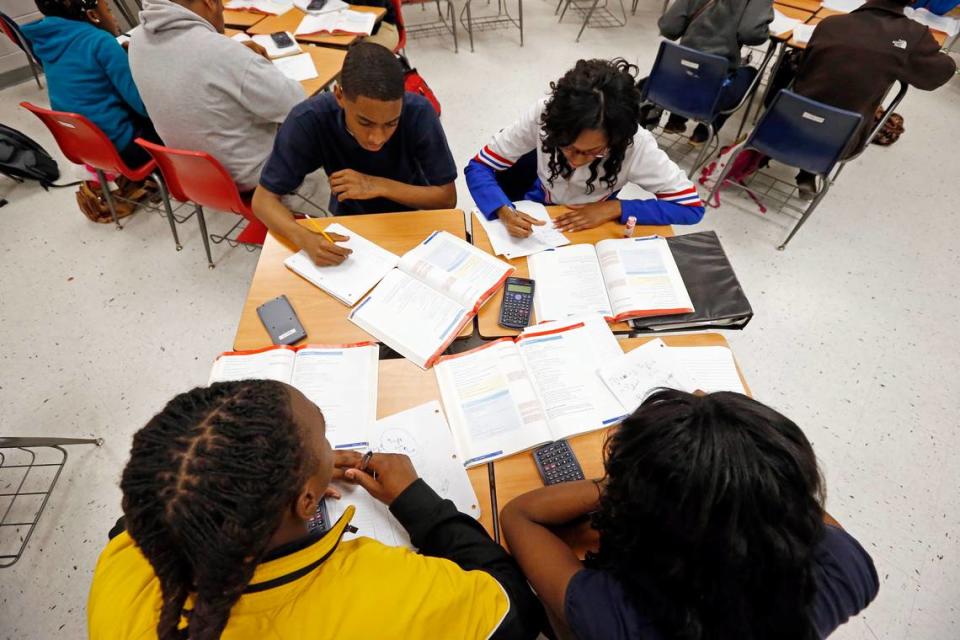Mississippi school internet speeds 20 times slower than neighboring states, report says
Mississippi school districts’ average internet bandwidth was 20 times lower than neighboring states in the 2021-22 school year, according to a report from a legislative watchdog committee.
The Joint Legislative Committee on Performance Evaluation and Expenditure Review (PEER) published a report this fall evaluating a sample of 30 school districts across several categories, which included finance, human resources, information technology, nutrition, operations and transportation. The analysis was conducted through a contract with Glimpse K-12, an education efficiency group from Alabama.
Glimpse K-12 has previously evaluated six Mississippi school districts on these same criteria through a contract with the State Auditor’s Office. The PEER committee used a portion of their annual allocation to expand this work at the request of the Legislature.
The volume of the report addressing information technology highlighted deficiencies in the technology used for learning in Mississippi’s schools, proposing several adjustments at the state and local levels. According to the evaluation, more than half of the districts sampled did not have a strategic plan for technology use in the district, while around 40% did not have plans for data recovery in the event of a natural disaster or cyberattack. The report recommends that the Mississippi Department of Education create templates of both plans to aid school districts in developing them.

The report also found that during the 2021-22 school year, the average internet bandwidth capacity in MS schools was 2.55 megabits per second (mbps) compared to 52 mbps in neighboring states. The report recommends increasing bandwidth, but particularly encourages districts to do so in a manner commensurate with device usage since many classrooms were only utilizing devices for each student during state testing rather than throughout the year.
“Districts should provide training, curriculum development, and technology tools to teachers,” the report recommends, as “this balance empowers teachers to utilize online resources effectively, create engaging learning experiences, and align infrastructure with educational goals.”
Multiple sources of funding have recently been allocated to expand bandwidth in the state, which the report highlights as opportunities for districts to increase access. The Legislature formed the Broadband Expansion and Accessibility of Mississippi (BEAM) office in 2022, which will oversee the distribution of $1.3 billion in federal money. While these resources offer promising opportunities for support, the report also notes the implementation of these funds may take time.
An additional area for improvement identified in the report is the structure of tech support services. While nearly 75% of surveyed districts operated one office for traditional IT needs and education technology support, the remaining quarter used the more costly option of operating separate offices for the two functions. While the report did not directly advocate for collapsing the two offices into one, it did suggest that districts evaluate what added benefits justify the additional cost.
This article first appeared on Mississippi Today and is republished here under a Creative Commons license.

